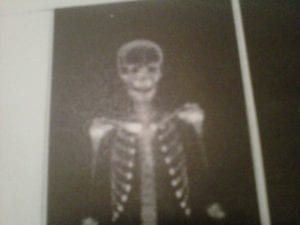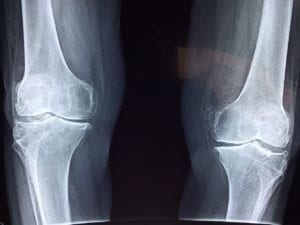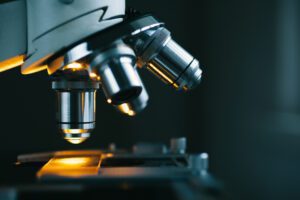Osteogenesis Imperfecta (OI)
What is osteogenesis imperfecta (OI)?
Osteogenesis imperfecta (OI) is a group of rare genetic disorders that are characterized by bones that easily break, often from little or no apparent cause. OI can range from mild to severe, and the symptoms vary from person to person. There are four main types of OI (Type I, Type II, Type III, and Type IV).
What causes osteogenesis imperfecta (OI)?
Researchers have determined that most types of osteogenesis imperfecta are caused by mutations of either the COLA1A1 gene or the COL1A2 gene, which carry instructions for the production of type 1 collagen, a protein of bone and connective tissue.
In most cases, OI Types I, II, and IV are inherited as autosomal dominant traits, and OI Type II is inherited as an autosomal recessive trait. However, some cases of OI are caused by a spontaneous genetic change, and the faulty genes are not inherited.
What are the symptoms of osteogenesis imperfecta (OI)?
Symptoms of OI vary depending on the specific type of the disease.
- OI Type I: most common and mildest form; characterized by multiple bone fractures and a bluish discoloration of the whites of the eyes
- OI Type II: most severe form; characterized by life-threatening complications at birth with numerous fractures, malformed bones, underdeveloped lungs, and fragile skin
- OI Type III: characterized by some symptoms of OI Type I and some symptoms of OI Type II
- OI Type IV: characterized by fragile bones, short stature, scoliosis, and a triangular facial appearance
How is osteogenesis imperfecta (OI) diagnosed?
There isn’t a single test that can identify OI, so a doctor will you medical and family history, a physical exam, and imaging and lab tests to form a diagnosis. These laboratory tests include a skin biopsy to determine any abnormalities of collagen and a blood sample to detect the presence of the genetic mutation that causes OI.
What are the available treatments for osteogenesis imperfecta (OI)?
Treatment of OI is largely symptomatic and supportive, focused on maintaining individual mobility and strengthening the patient’s bones and muscles. Exercise and physical therapy programs are beneficial in this regard, especially physical therapy in the water (or hydrotherapy). In addition to these, surgically placing metal rods in the bones can help prevent factures, and using plastic braces as protective devices can help prevent against fractures. Severe cases of bone malformation can be treated with corrective surgeries.
Where can I find more information on osteogenesis imperfecta (OI)?
Osteogenesis Imperfecta (OI) Articles

OI Has Led to More Than 82 Broken Bones for This 6-Year-Old

Swimmer with Osteogenesis Imperfecta Wins Gold & Silver at the Hartford Nationals

Woman with Osteogenesis Imperfecta Advocates for More Inclusive Education


Family is Fundraising for Daughter with Osteogenesis Imperfecta

The First Osteogenesis Imperfecta Patient Has Been Dosed in a Novel Phase 2/3 Investigation

IMPACT Survey Enrollment on Osteogenesis Imperfecta Now Complete





